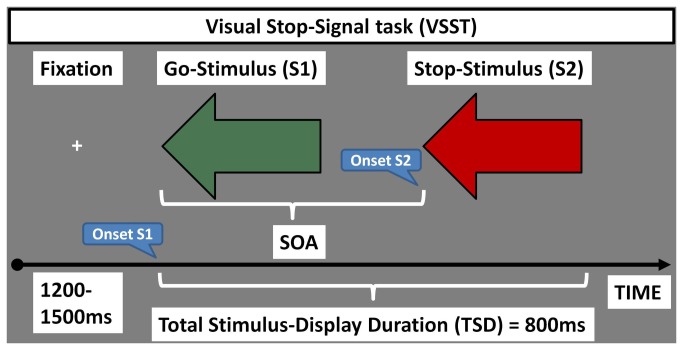Figure 1. Visual Stop-signal task (VSST): Participants responded to the direction of a central green arrow (“Go-stimulus”), and withheld their response when the arrow turned red (“Stop-stimulus”) in the classic variant of the task.
In the control variant, participants were told to respond as they would normally to the direction of the “Go-stimulus” irrespective of whether it was followed by a “Stop-stimulus”. In both variants of the VSST, each trial began with the presentation of a fixation cross of varied duration. On “Stop-trials”, the “Go-stimulus” was replaced, following a varied Stimulus Onset Asynchrony (SOA), by the “Stop-stimulus”. In the classic variant, the SOA increased or decreased by 50msec as a function of whether participants were correct or not, respectively, at inhibiting their response to the “Stop-stimulus”. In the control variant, the SOA also varied in 50msec increments, but randomly. The total stimulus-display duration (TSD) was 800ms.

